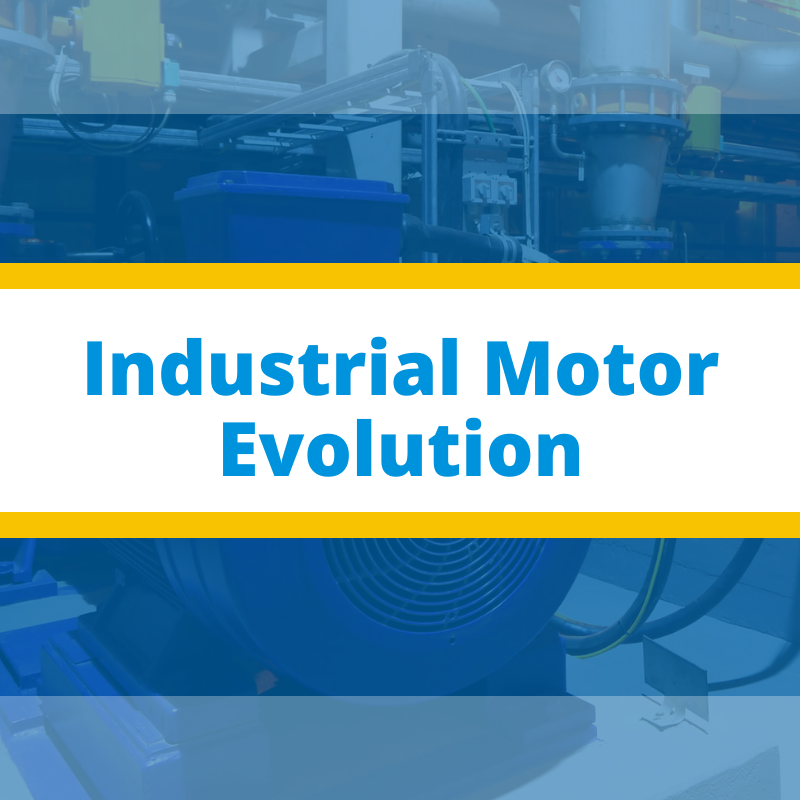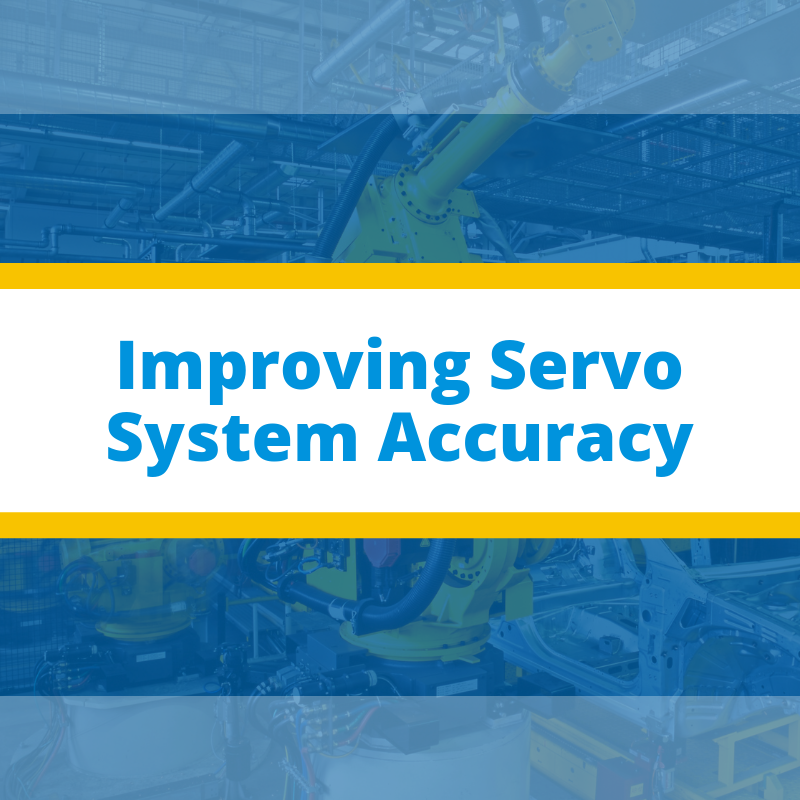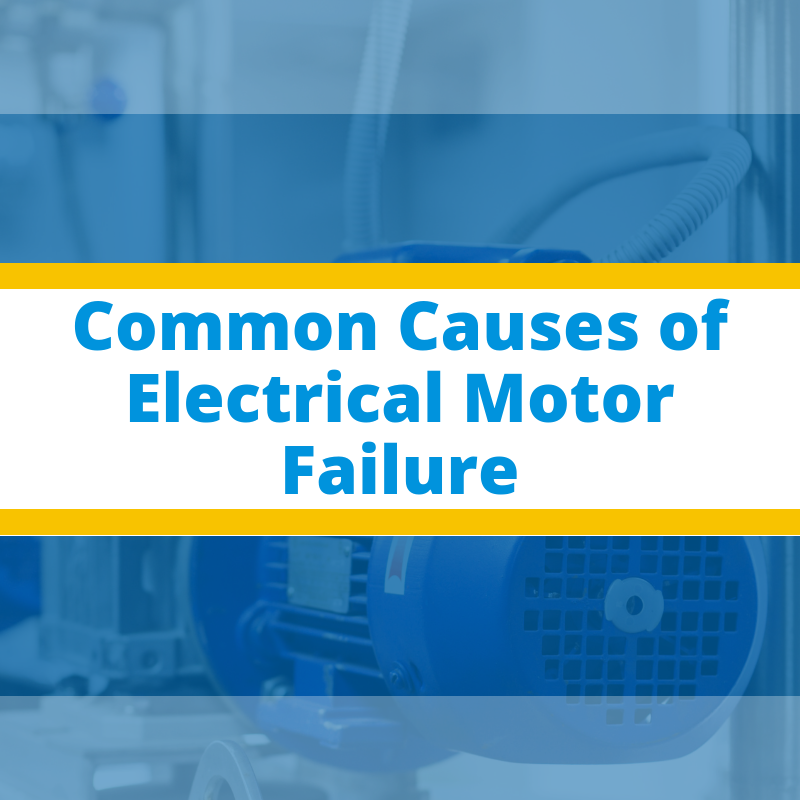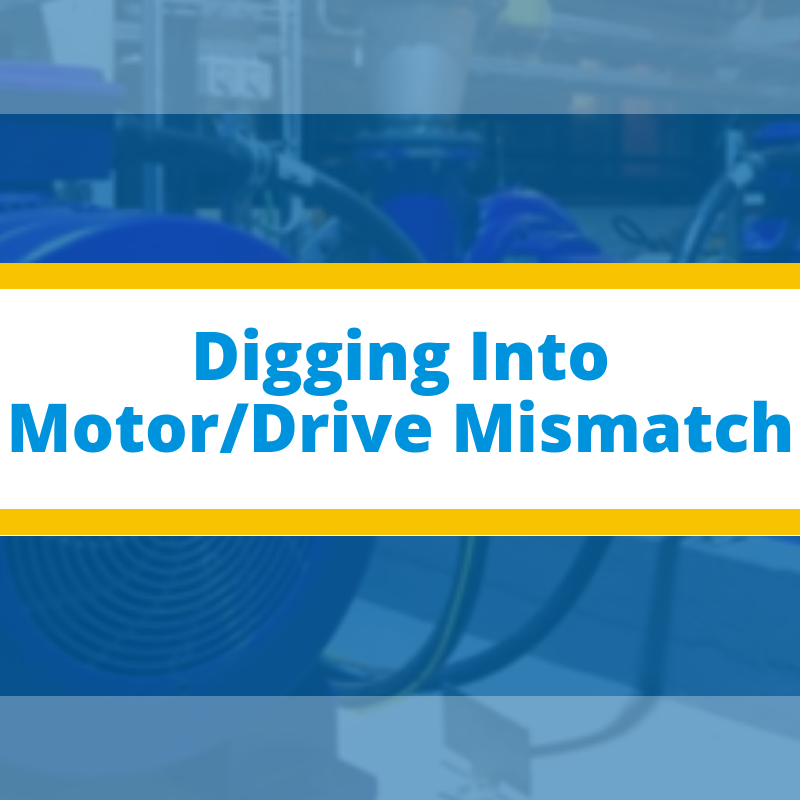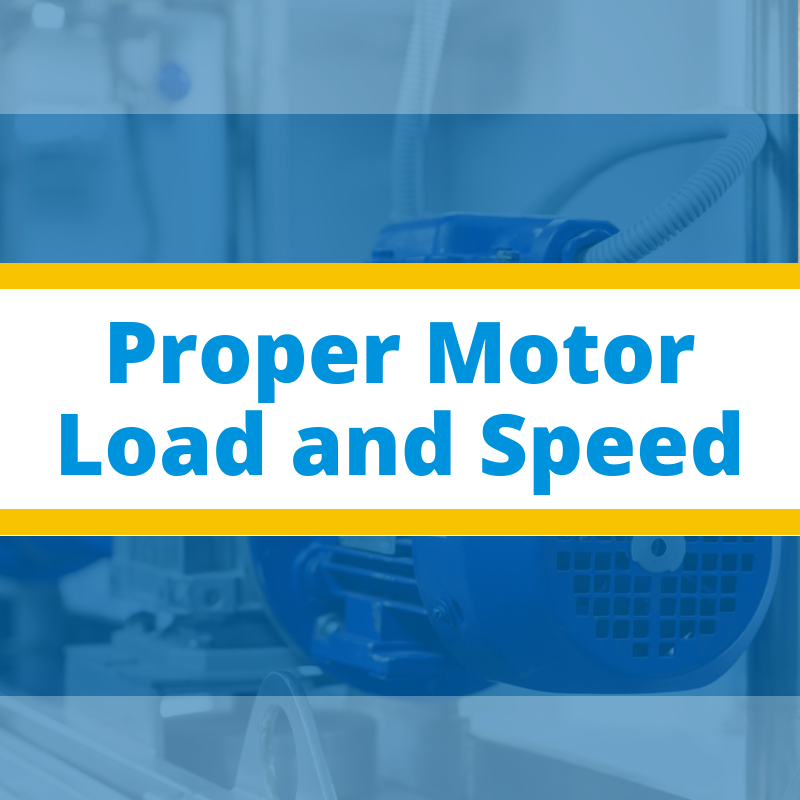Motors have been the cornerstone of industrialization and automation. About 45% of energy generated is consumed by motor loads globally, enunciating the hardware’s importance in today’s world. Over the past 30 years, motors have greatly evolved. The advent of modern processing tools allows manufacturers to get a clear idea as to how motor performance can be improved and tailored for specific applications. Furthermore, the growth of smart manufacturing techniques allows users to monitor process performance in real-time, giving them clearer insights and information required to boost productivity.
Industrial Motor Evolution
VFDs and Harmonics
The early 1950's marked the entry of one of the most revolutionary products in the history of industrial automation: the Variable Frequency Drive. Since then, the product design has evolved and refined at an increased pace. Even in the 21st century, there is no alternative in sight, and thanks to continued improvement, VFDs have solidified their position in the field of automation.
Motion control applications utilize a plethora of servomotors and machine actuators. Proper selection and integration are necessary for top-level accuracy and profitability. There are some factors that must be considered during and after the design process to ensure that the system works at peak efficiency and accuracy. The type of load, duty cycle and mechanical transmission all effect the accuracy of the system.
Motors form the backbone of almost all major industrial operations, irrespective of the industry chosen. Motor failure can lead to unscheduled downtime and increases in costs from replacement and/or maintenance.
Maintenance of electrical motors and related equipment is one of the most mission-critical tasks for an industrial plant, and for good reason. Motors are the primary source of productivity and form the backbone of all operations within a plant, driving virtually every major equipment from pumps to conveyors. If an interruption arises then it can greatly affect the productivity and with that the economic efficiency of the plant.
VFDs are incorporated into motor control to improve process efficiency and bring down maintenance episodes, but some plant managers experience the opposite. Why? Quite certainly, this is the result of a mismatch between motors and drives.
One may think of variable speed drives to be the culprit, but the fact is, they don’t make motors fail. It is incorrect planning and selection that is the root cause. Modern drive technology should not be sidelined due to fears of motor failures.
With every passing year government regulations pertaining to industrial motors are becoming more stringent. This is combined with technological breakthroughs that are making Variable Frequency Drives (VFDs) more efficient, leading to greater efficiency in motor designs and operation. It is well known that when an efficient motor is operated at low speeds it can limit losses in control applications.
Inrush currents can surge up to eight times the nominal current within a motor when it is started through direction line. Such surges can be extremely hazardous for the entire distribution network and can cause voltage dips as well as mechanical damage to the motor itself. It is for these reasons that utilities and government regulatory bodies have started to raise the requirements for three-phase induction motors. For instance, after the initial IEC 60034-30:2008 regulation, the Amendment 04/2014 was released that dealt with energy consumption, efficiency and classes of three phase induction motors.
Many beginner automation enthusiasts often fail to establish appreciable differences between Supervisory Control & Data Acquisition (SCADA) and Human Machine Interfaces (HMIs). They often confuse both these entities as being similar and working for the same end-result. While the latter may be true, as in the end achieving automation is the desired result, the two terms are quite different and have limited overlap.
Motor and Motor Control Troubleshooting Techniques
The widespread use of motors in fields ranging from manufacturing to household applications means that downtime due to a malfunctioned motor can result in a great loss of productivity. A step-by-step approach is the best way you can analyze and subsequently troubleshoot a failed system.



